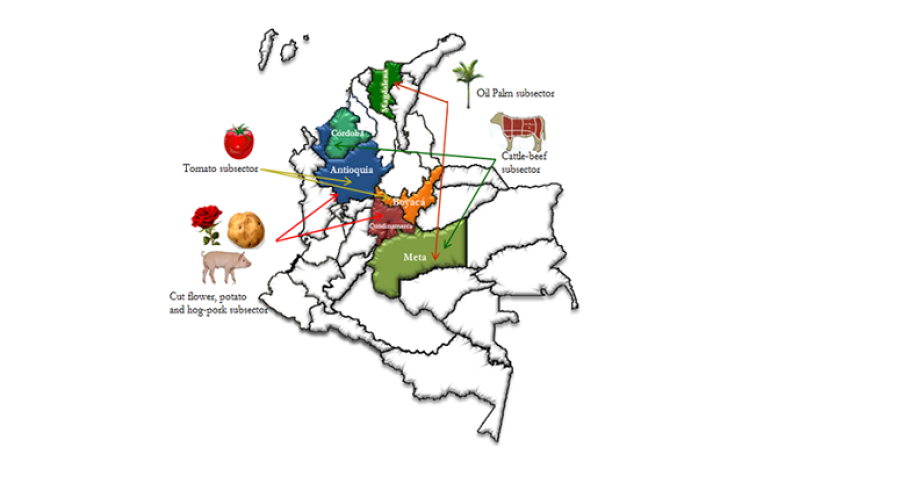Measuring Innovation in Agricultural Firms: A Methodological Approach
Abstract: Measuring innovation is a notoriously difficult task. Agricultural firms present additional complications due to the complexities and uncertainties linked to the sector. Among the increasing literature available on innovation, there is plenty of information about innovation measurement in manufacturing industries, but scarce contributions for the case of agricultural firms. Currently there is no concerted and/or published methodology for innovations measurement for such firms. This research proposes a methodology for measuring innovation and its key determinants in agricultural firms, based on three main tools. The first one is the Innovation Matrix (IM), an approach to a structured catalogue of the technology in the agricultural subsector under study. IM includes information about innovation technological level, in terms of its place on the technological spectrum of the subsector. IM also includes information about the frequency of innovation, which refers to the degree of adoption of a particular innovation among the farmers. The second tool is the Innovation Index (II), a single number that combines information about the technological level and frequency of the observed innovations. The basic idea of II is to assign higher values to firms that implement either less frequent or comparatively advanced innovations, relative to the ones implemented by its competitors. Since II is always a real non-negative number, it is possible to use OLS estimation procedures (third tool) to enquire about the factors driving innovation processes in agricultural firms. We have applied this methodology to four agricultural subsectors in Colombia. The II results reveal relatively small values for most of the surveyed producers. At the same time, they provide evidence to support the claim that there are just a few innovative leaders in every chain. In general, the factors determining innovation are subsector-specific, but there are still some general stylized facts for the whole agricultural sector. The main consequence of this finding is that innovation policy design for the agricultural sector must take into account the existence of both sectorial (common) and subsector (specific) factors.
Keywords: innovation matrix, innovation index, measure of innovation, agricultural firms, innovation drivers, transactional model.



